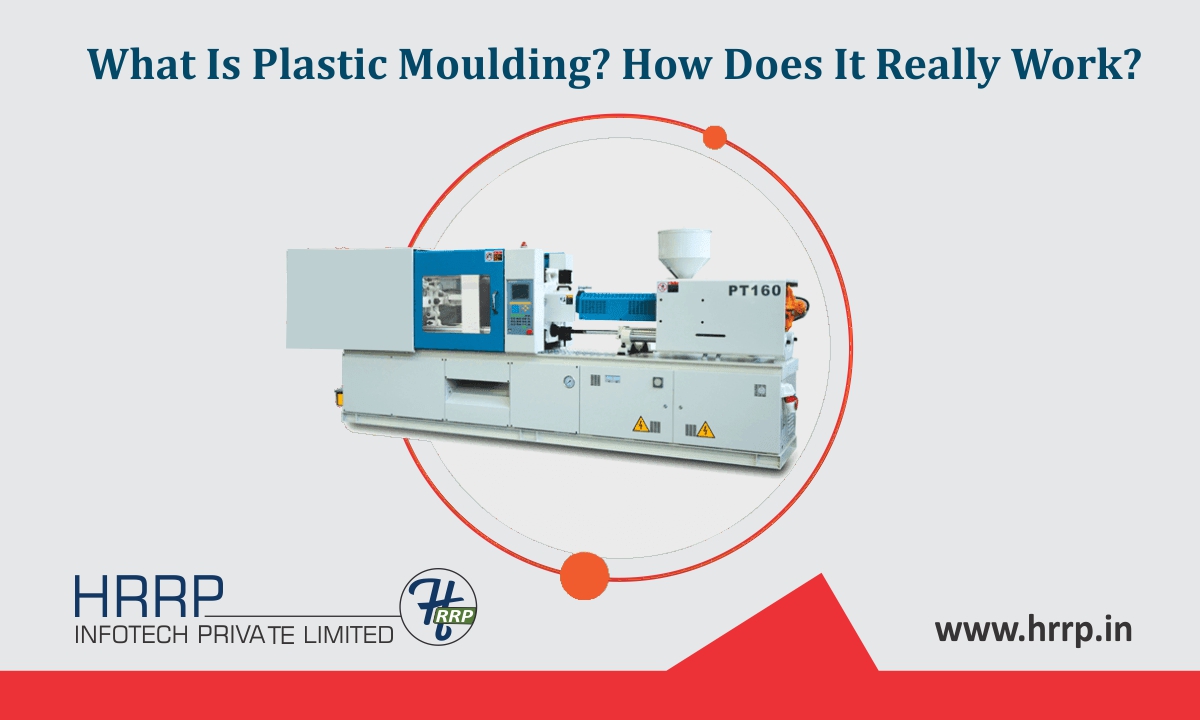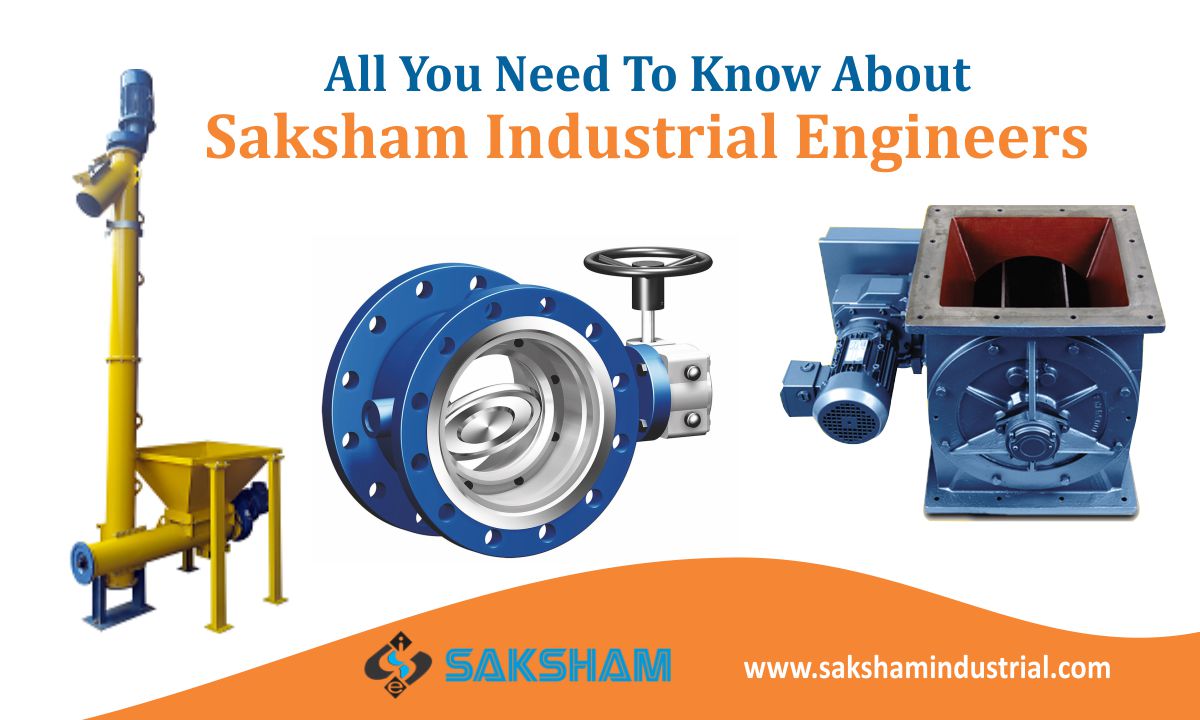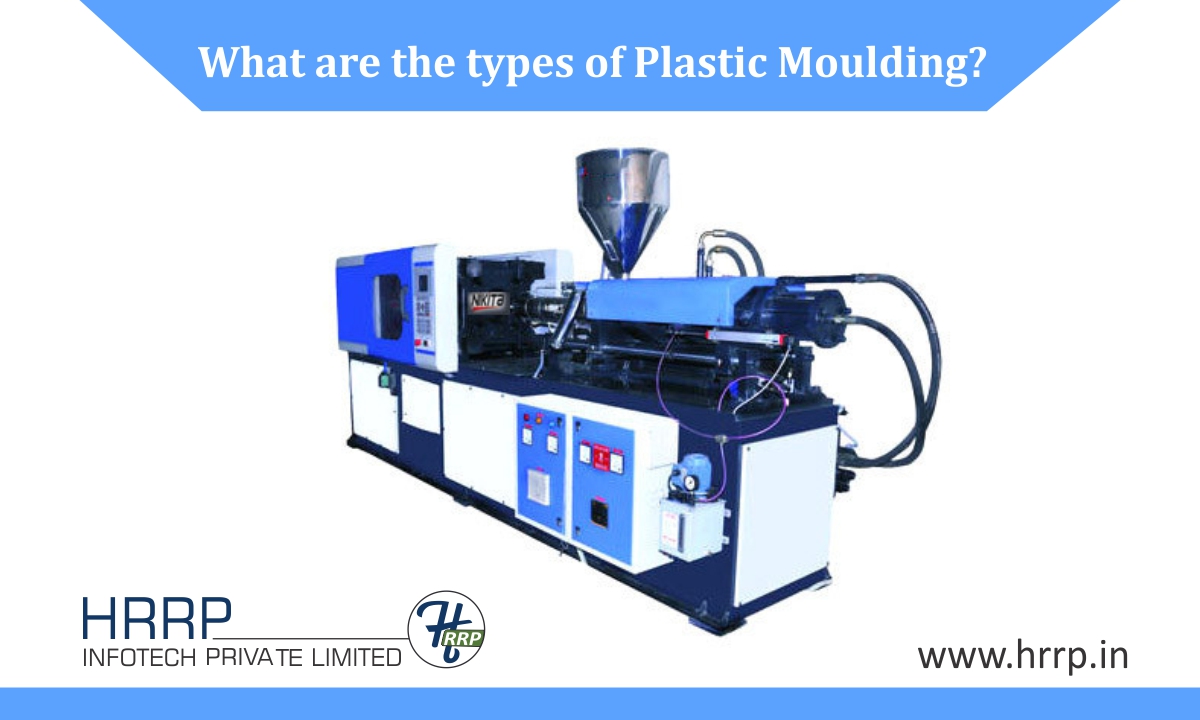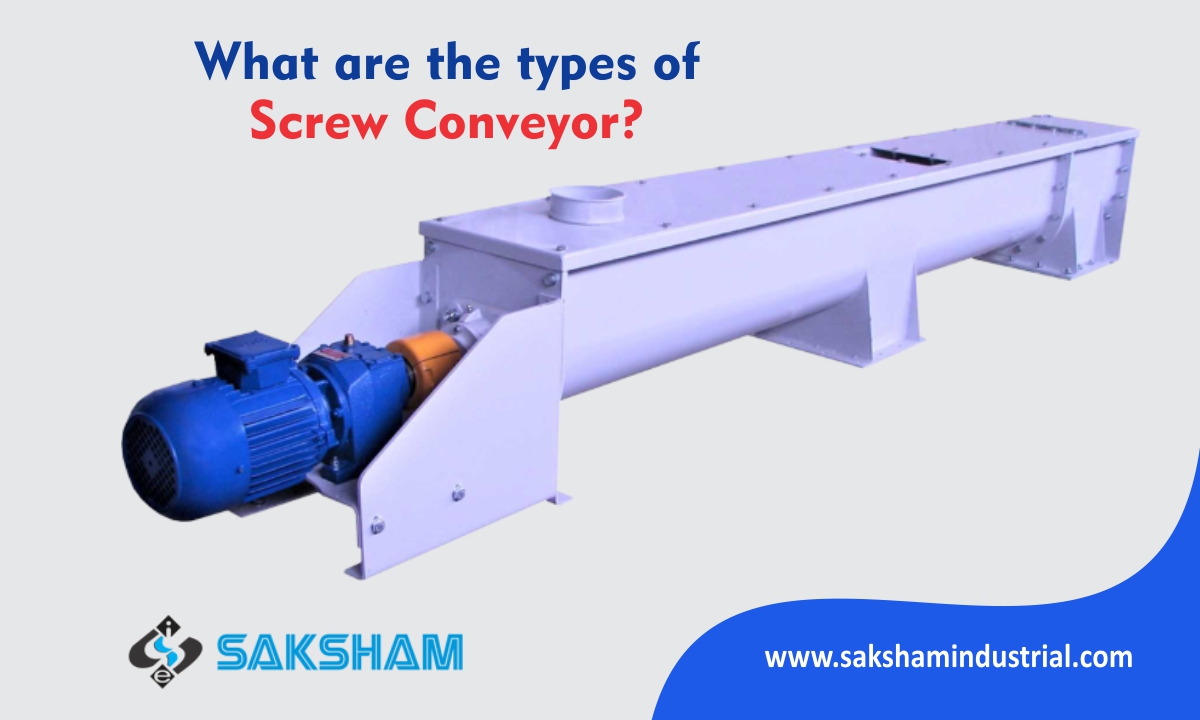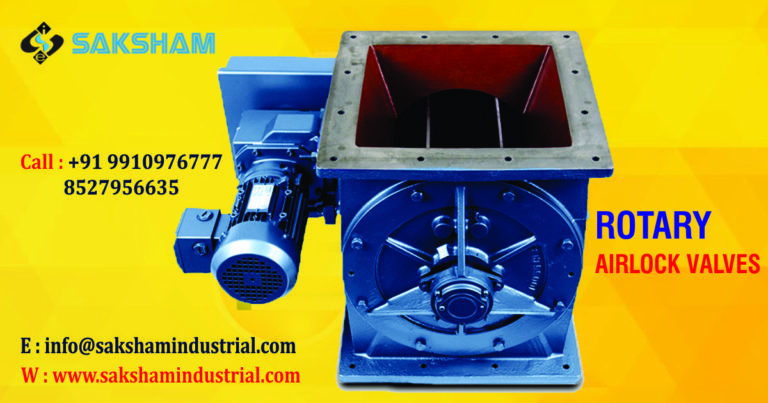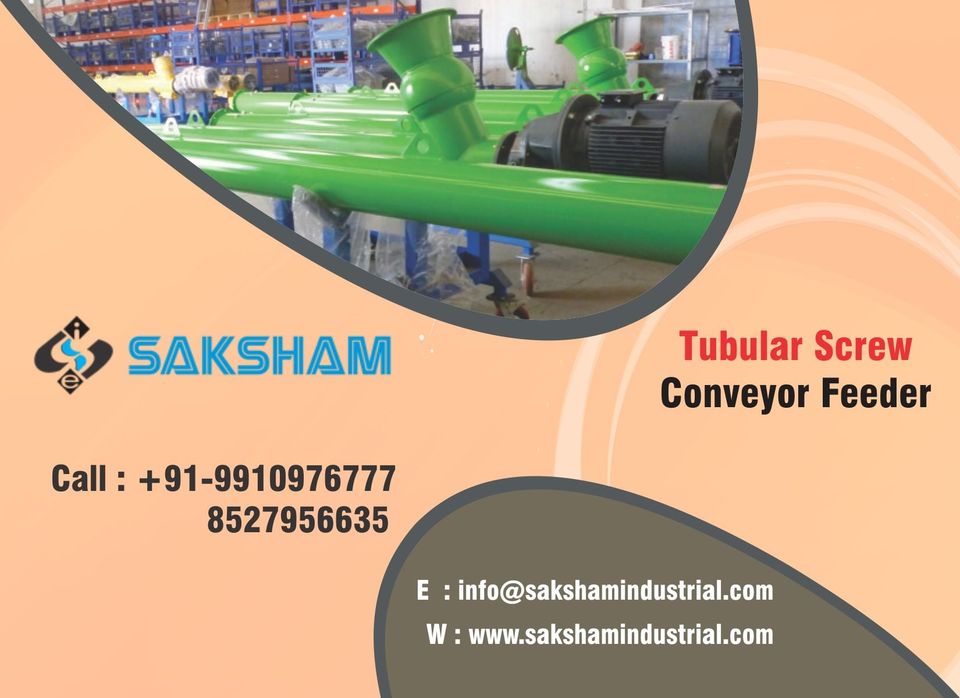What you need to know about screw conveyors?
Screw conveyors have many uses in the process plants where there is a requirement of transferring bulk solids or powders. The following article will give you an idea of the design of screw conveyors.
The initial screw conveyor type was an internal helical screw. Even the conveyors that are in use today are based on the basic design of the one made in old times. However, the screw flight is nowadays attached to the external surface of the center shaft. This shaft rotates inside the external housing. In early times these screw conveyors mostly were used for handling grains. A change has been made for conveyors that are used to transfer sticky substances and these are made shaft less.
Most of the times you will find screw conveyors like tubular screw conveyor feeder in the industries like food processing, grain handling, minerals processing, chemical, pulp and paper, waste and sewage sludge treatment, plasterboard manufacturing, and plastics handling.
Advantages of screw conveyors:-
There are many advantages of screw conveyors compared to other methods of transferring objects and materials. The best feature is that a screw conveyor like a U trough screw conveyor can transfer the materials fully enclosed and is free from dust. At the same time, screw conveyors can be equipped with multiple conveyor outlets and this makes them cost effective. Then again the screw conveyors are versatile due to the feature that enables you to alter the screw flight and casing configuration. This is the reason that they are used process plants where there is a requirement of transferring bulk solids and powders or even liquids.
If you use paddles, intermediate paddles, cut and fold flights for instance, allow mixing of broad type products. You can also heat or cool the products with the help of jacketing or casing. Multiple inlets can enable you to mix additives or different products.
Uses of screw conveyors:-
Screw conveyors can be 50 to 75 meter long but such long conveyors require a center shaft support bearing, which limits the deflecting of the spiral. On the other hand shaft less conveyors can be manufactured in lengths of 220 to 25 meters approximately. In these conveyors the spiral is supported on a sacrificial wear liner. They are normally used for transferring sewage sludge, pulp and wood chips along with other similar material. The shaft less screw conveyor sizing is usually standardized to suit the spiral coil manufacture.
There are many sub categories of screw conveyors like tubular screw conveyor feeder and U trough screw conveyor. These different types of conveyors are used for the conveying of different types of materials in different circumstances. A basic understanding of screw conveyors will give you an idea of which one is suitable for you and how you should use it.





